The Huawei Mate 40 Pro is a flagship smartphone that exemplifies Huawei's commitment to pushing technological boundaries while navigating the challenges posed by global restrictions. With its striking design, powerful hardware, and innovative camera system, the Mate 40 Pro stands as one of the most compelling Android devices of its generation. However, the absence of Google Mobile Services (GMS) remains a significant hurdle for users deeply entrenched in Google's ecosystem.
Design and Build Quality
From the moment you hold the Mate 40 Pro, its premium construction is immediately apparent. The phone features a sleek, curved "Horizon Display" that flows seamlessly into the aluminum frame, creating an almost bezel-less appearance. The rear panel, available in glossy or vegan leather finishes, houses the distinctive circular camera module that has become a signature of Huawei's Mate series. The device feels substantial in hand, with a weight of 212 grams and dimensions of 162.9 x 75.5 x 9.1 mm, yet the ergonomic curvature makes it surprisingly comfortable for one-handed use. IP68 certification ensures protection against dust and water, adding to its premium appeal.
Display
The Mate 40 Pro boasts a 6.76-inch OLED display with a resolution of 2772 x 1344 pixels, resulting in a pixel density of approximately 456 PPI. What sets this screen apart is its 90Hz refresh rate, which delivers buttery-smooth animations and scrolling. The panel supports HDR10+ and covers the DCI-P3 color gamut, producing vibrant, accurate colors with deep blacks typical of OLED technology. The curved edges are more pronounced than on many competitors, which can occasionally lead to accidental touches but contribute to the phone's striking aesthetics. A single punch-hole cutout houses the 13MP front camera and additional 3D depth sensors, offering a less intrusive alternative to the notch design seen in previous generations.
Performance and Hardware
At the heart of the Mate 40 Pro lies Huawei's in-house Kirin 9000 chipset, built on a 5nm process. This octa-core processor, comprising one Cortex-A77 core at 3.13 GHz, three A77 cores at 2.54 GHz, and four A55 cores at 2.05 GHz, delivers performance that rivals the best from Qualcomm and Apple at the time of its release. The Mali-G78 MP24 GPU handles graphics-intensive tasks with ease, making short work of mobile gaming at maximum settings. The phone comes with 8GB of RAM and either 256GB or 512GB of storage using Huawei's proprietary NM card format. Real-world usage reveals a device that handles multitasking effortlessly, with apps launching instantly and remaining resident in memory thanks to the generous RAM allocation.
Camera System
Photography has long been a strong suit for Huawei flagships, and the Mate 40 Pro continues this tradition with an impressive triple-camera setup developed in partnership with Leica. The primary sensor is a 50MP RYYB (Red, Yellow, Yellow, Blue) unit with an f/1.9 aperture and optical image stabilization (OIS). This unique pixel arrangement allows more light capture than traditional RGB sensors, resulting in exceptional low-light performance. It's joined by a 12MP periscope telephoto lens offering 5x optical zoom and OIS, and a 20MP ultra-wide-angle shooter with an f/1.8 aperture. The camera app is feature-rich, providing professional controls alongside AI-assisted modes that automatically optimize settings based on the scene. Video capabilities are equally impressive, with 4K recording at 60fps across all cameras and advanced stabilization that makes handheld footage remarkably steady.
Battery Life and Charging
Powering the device is a 4400mAh battery that comfortably lasts a full day of heavy usage, with more moderate use potentially stretching into a second day. When it's time to recharge, the Mate 40 Pro supports blisteringly fast 66W wired charging that can take the battery from 0 to 100% in about 45 minutes. Wireless charging at 50W is equally impressive, though you'll need Huawei's proprietary charger to achieve these speeds. The phone also supports reverse wireless charging at 5W, allowing you to top up other Qi-compatible devices in a pinch.
Software Experience
The Mate 40 Pro runs EMUI 11 based on Android 10, though as mentioned earlier, it lacks Google Mobile Services due to U.S. trade restrictions. Instead, Huawei offers its own AppGallery as the primary app distribution platform, alongside Petal Search for finding APKs and Huawei Mobile Services (HMS) as an alternative to Google's ecosystem. While the selection of apps has improved significantly since Huawei began developing its own ecosystem, some popular Western apps remain absent or require workarounds to install. The interface itself is polished and feature-rich, with extensive customization options and useful additions like multi-window support and advanced gesture controls.
Key Specifications:
Dimensions: 162.9 x 75.5 x 9.1 mm
Weight: 212 grams
Display: 6.76-inch OLED, 2772 x 1344 resolution, 90Hz refresh rate
Chipset: Kirin 9000 (5nm)
RAM: 8GB
Storage: 256GB/512GB (NM card expandable)
Rear Cameras: 50MP main (f/1.9, OIS), 12MP periscope telephoto (5x optical zoom, OIS), 20MP ultra-wide (f/1.8)
Front Camera: 13MP (f/2.4) + 3D depth sensor
Battery: 4400mAh with 66W wired and 50W wireless charging
OS: EMUI 11 based on Android 10 (no Google Mobile Services)
Connectivity: 5G, Wi-Fi 6, Bluetooth 5.2, NFC
Other Features: In-display fingerprint sensor, IP68 rating, stereo speakers
Conclusion
The Huawei Mate 40 Pro represents both the pinnacle of smartphone engineering and the challenges facing a company operating under significant restrictions. Its hardware is second to none - the Kirin 9000 chipset delivers flagship performance, the camera system competes with the best in mobile photography, and the design is among the most distinctive in the market. The display is vibrant, battery life excellent, and charging speeds industry-leading. However, the lack of Google services remains a dealbreaker for many potential buyers outside China, despite Huawei's commendable efforts to build alternatives. For those willing to navigate the app ecosystem limitations or based in regions where Huawei's services are well-supported, the Mate 40 Pro offers one of the most complete hardware packages available. It's a testament to Huawei's engineering prowess and a reminder of what the global smartphone market is missing due to geopolitical tensions.

By /Jun 4, 2025
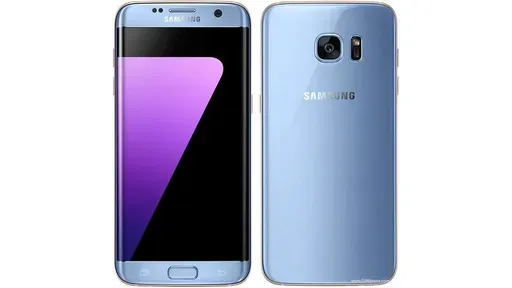
By /Jun 4, 2025

By /Jun 4, 2025
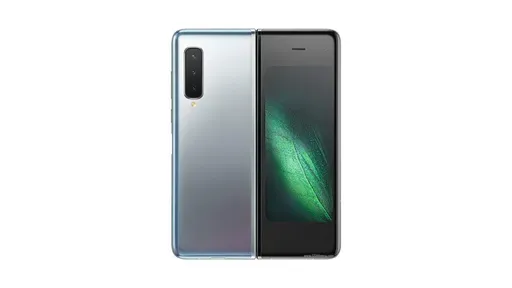
By /Jun 4, 2025
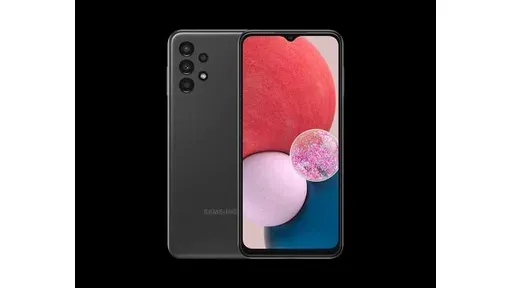
By /Jun 4, 2025

By /Jun 4, 2025

By /Jun 4, 2025
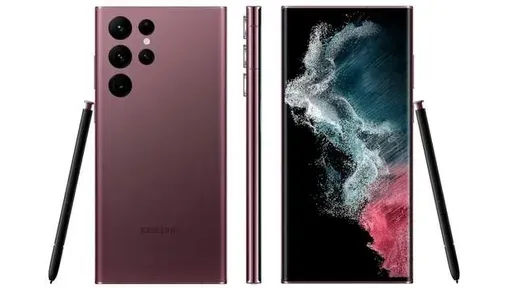
By /Jun 4, 2025

By /Jun 4, 2025

By /Jun 4, 2025
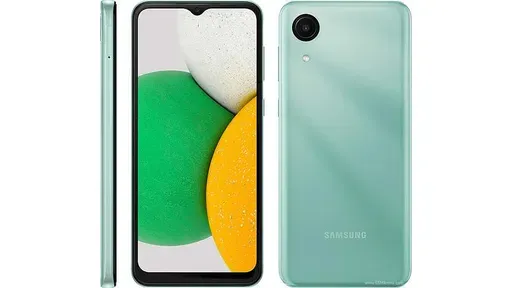
By /Jun 4, 2025
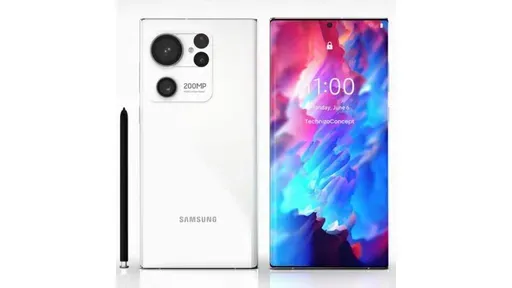
By /Jun 4, 2025
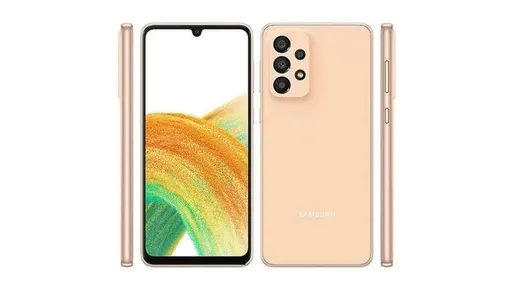
By /Jun 4, 2025
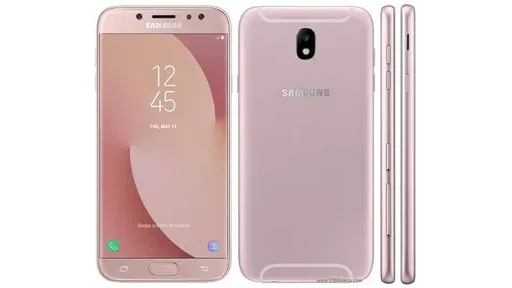
By /Jun 4, 2025
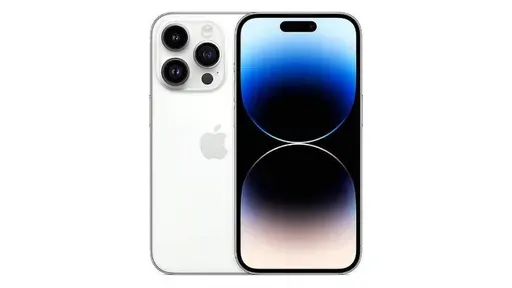
By /Jun 4, 2025
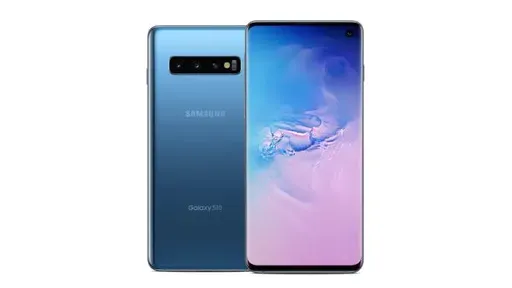
By /Jun 4, 2025

By /Jun 4, 2025
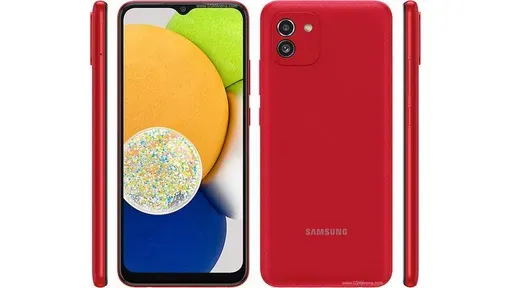
By /Jun 4, 2025

By /Jun 4, 2025
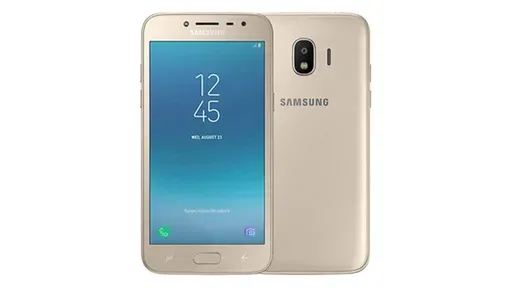
By /Jun 4, 2025

By /Jun 4, 2025

By /Jun 4, 2025
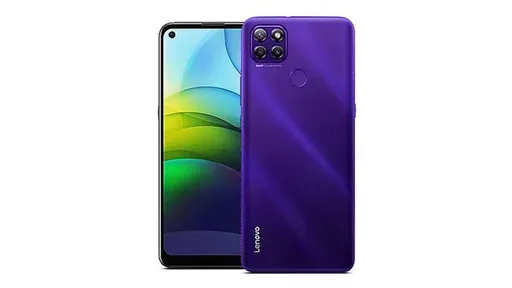
By /Jun 4, 2025

By /Jun 4, 2025

By /Jun 4, 2025

By /Jun 4, 2025

By /Jun 4, 2025
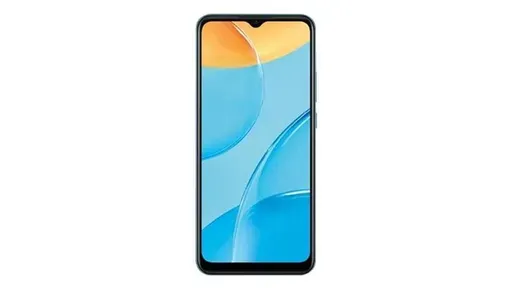
By /Jun 4, 2025

By /Jun 4, 2025

By /Jun 4, 2025
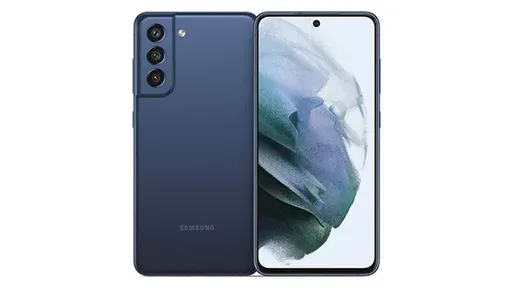
By /Jun 4, 2025

By /Jun 4, 2025

By /Jun 4, 2025

By /Jun 4, 2025
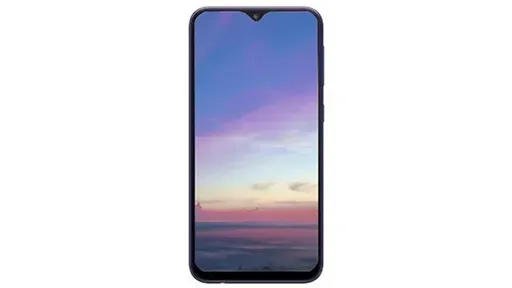
By /Jun 4, 2025